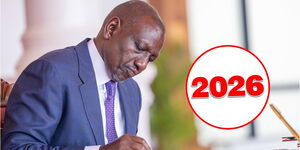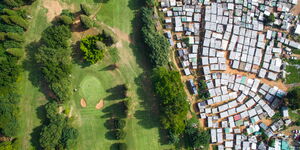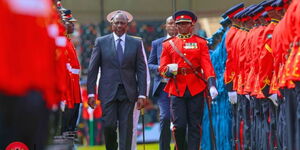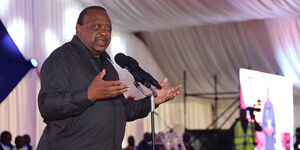A new report by the Kenya National Bureau of Statistics (KNBS) has painted a drab picture of the state of Kenyan youth in the country.
In the Quarterly Labour Force Report released on March 31, 2020, KNBS announced that the government cannot account for 2.2 million youth aged 15-34, who are no longer in the education system and are not working or being trained for work.
"The percentage of youth who were not in education, employment or training (NEET) in 2019, was recorded at 13.3 per cent in quarter 4, the same levels reported in quarter 3.
"The age group 25 – 29 and 30-34 recorded high proportions of persons in NEET at 20.5 and 15.7 per cent, respectively - 2.3 million youth," KNBS announced.
The information was obtained from a survey conducted in all the four quarters (Q1-Q4) of 2019 (January- March, April-June, July to September, and October to December).
The survey further revealed that the overall employment to population ratio in the country, for the working-age population, was 66.7 per cent for quarter 4, up from 66.1 per cent in quarter 3, a change of 0.6 per cent between the two quarters.
Despite this marginal improvement, however, the youth were still hardest hit by the unemployment crisis that stands at 4.9 per cent, compared to older Kenyan citizens.
"The youth aged 20-24 had the highest proportion (14.2%) of the unemployed. On the other hand, those aged 60 – 64 years had negligible unemployment rates," KNBS informed.
The data further indicated that in terms of long-term unemployment (all unemployed persons with continuous periods of unemployment extending for one year or longer), youth aged 20 - 24 had the highest proportion at 6.3 per cent.
In terms of labour force participation, which stood at 70.2 per cent for Quarter 4, the age group 45 – 49 years recorded the highest rate at 90.5 per cent while the age group 15 – 19 years recorded the lowest rate at 33.8 per cent.
The report further informed that labour underutilization (LU2), which is the combined rate of time-related under employment and unemployment declined to 7.9 per cent in quarter 4 compared to 8.5 per cent in quarter 3.
In spite of this, however, the highest rates of labour underutilization are observed in the age groups 20-24 followed by the age group 15-19 at 18.1 and 10.6 per cent, respectively.












